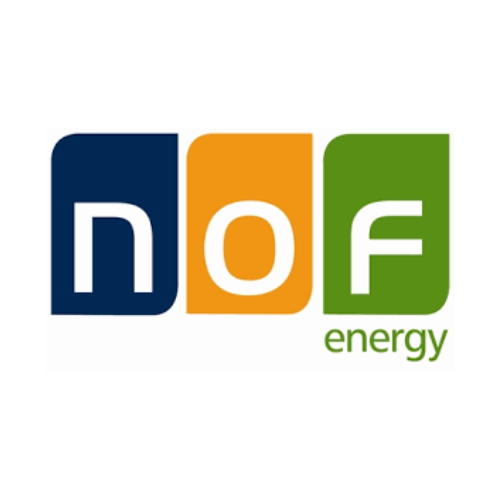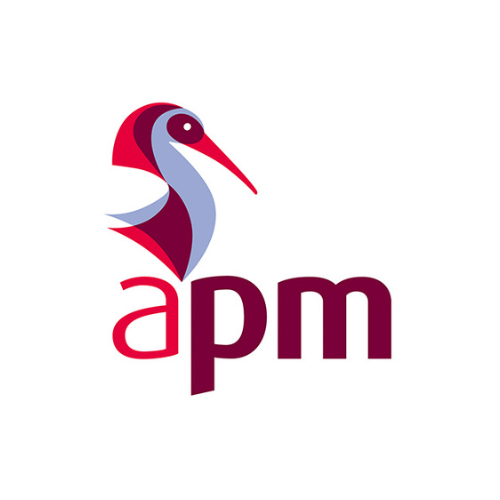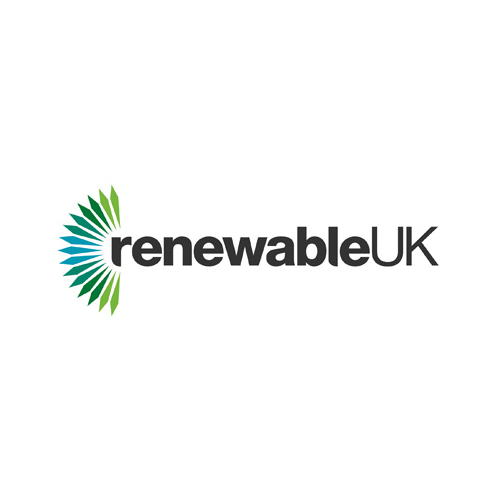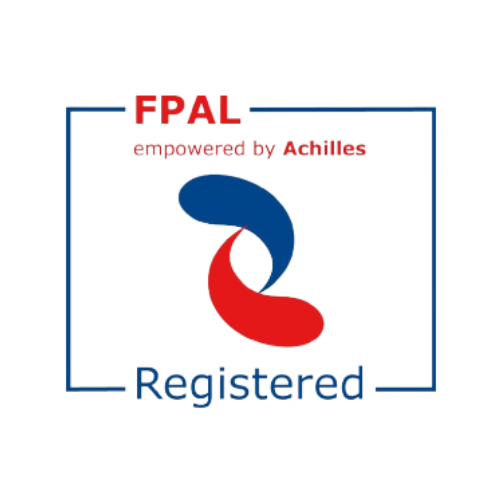Front End Engineering Design (FEED) is an important aspect of large-scale projects in power generation, petrochemical engineering and other capital-intensive industries. Sometimes known as ‘pre-project planning’ or ‘front-end loading’, front end engineering in oil and gas or electricity is conducted early in a project’s life cycle to assess economic viability and safety considerations. Insights gained through electrical FEED can mitigate costs and later-stage disruption.
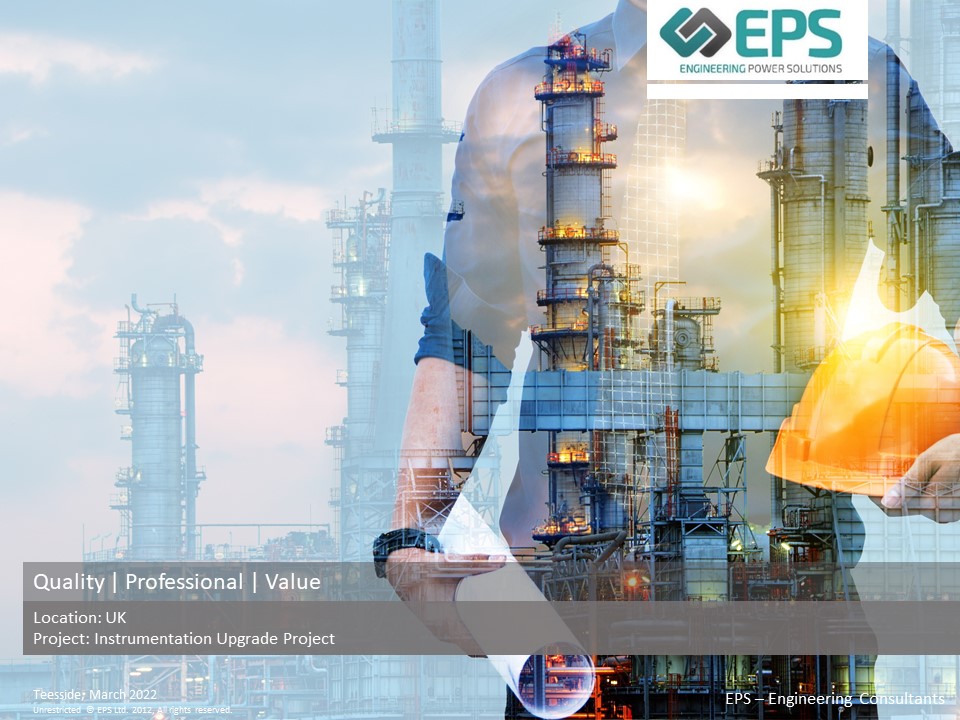
What Is Front End Engineering Design For?
Electrical FEED studies are used to estimate the economic and safety aspects of large-scale projects. The defined scope of FEED is to produce engineering documentation of sufficient detail to allow requirements to be specified for the next project stage. Intelligence gained by FEED studies can help clarify costs, risks, and goals, and may lead to the early termination or amendment of a project if adverse details come to light.
Electrical FEED usually precedes detailed engineering design, and its purpose and scope differs. FEED is usually a relatively rapid process and requires less accuracy than a full engineering design. It aims to outline in advance the parameters and processes that successive design phases will specify in detail. Information gathered at the FEED stage can save costs by allowing design changes before commitments have been made for procurement, construction, engineering facilities and other costly aspects.
When Does FEED Take Place?
Electrical FEED is an early-stage process, following initial concept and feasibility studies. It builds on the knowledge gained by these preliminary processes to provide data and technical requirements for the resulting detailed design phase. Electrical FEED is conducted at a stage before resources have been fully committed and thus reduces risk exposure. It is generally expected to provide cost estimates with a 10-15% margin of error.
What Does Electrical FEED Entail?
Electrical FEED can have many aspects, depending on the project in question. In general, electrical FEED studies will supply site plans, safety plans, material specifications and tie-in details. Purchase specifications may be provided for more detail, as well as operational schemes, design drawings and equipment datasheets. With these details, cost estimates can be given, plus predicted labour and resource requirements. In addition, the expected duration of the project can be planned, along with trackable milestones.
Why Is FEED Important?
Electrical FEED can save expenditure, reduce risk, and improve outcomes. The cost of FEED itself is typically around 2% of the overall project budget. However, by providing insights at an early stage, FEED is reckoned to reduce onward design and execution costs by up to 30%. On this basis, the information given by feed can be vital for securing investment or funding bids.
FEED is particularly valuable with capital-intensive projects, where changes later in the project can be financially inconvenient, time-consuming, and disruptive. By providing a clearer overview of a project’s stages and likely progress, FEED allows design changes to be made early on before resources have been committed.
Why Choose EPS For Electrical FEED?
Engineering Power Solutions have carried out many FEED and feasibility studies in both the renewable power and offshore oil and gas sectors. These have contributed to successful outcomes and boosted production capacities in a range of applications. To find out more about how our electrical FEED studies can help your project, please get in touch.



